In theory, luring the residents of a small Midwestern city outside en masse during the tail end of an unrelenting late-August heatwave shouldn’t have been easy to pull off. Yet for the recent launch of an outdoor design exhibition themed Public by Design, the public showed up … and showed up in force, eager to get a first look at a dozen site-specific installations freshly activated across the heart of the place they call home: Columbus, Indiana.
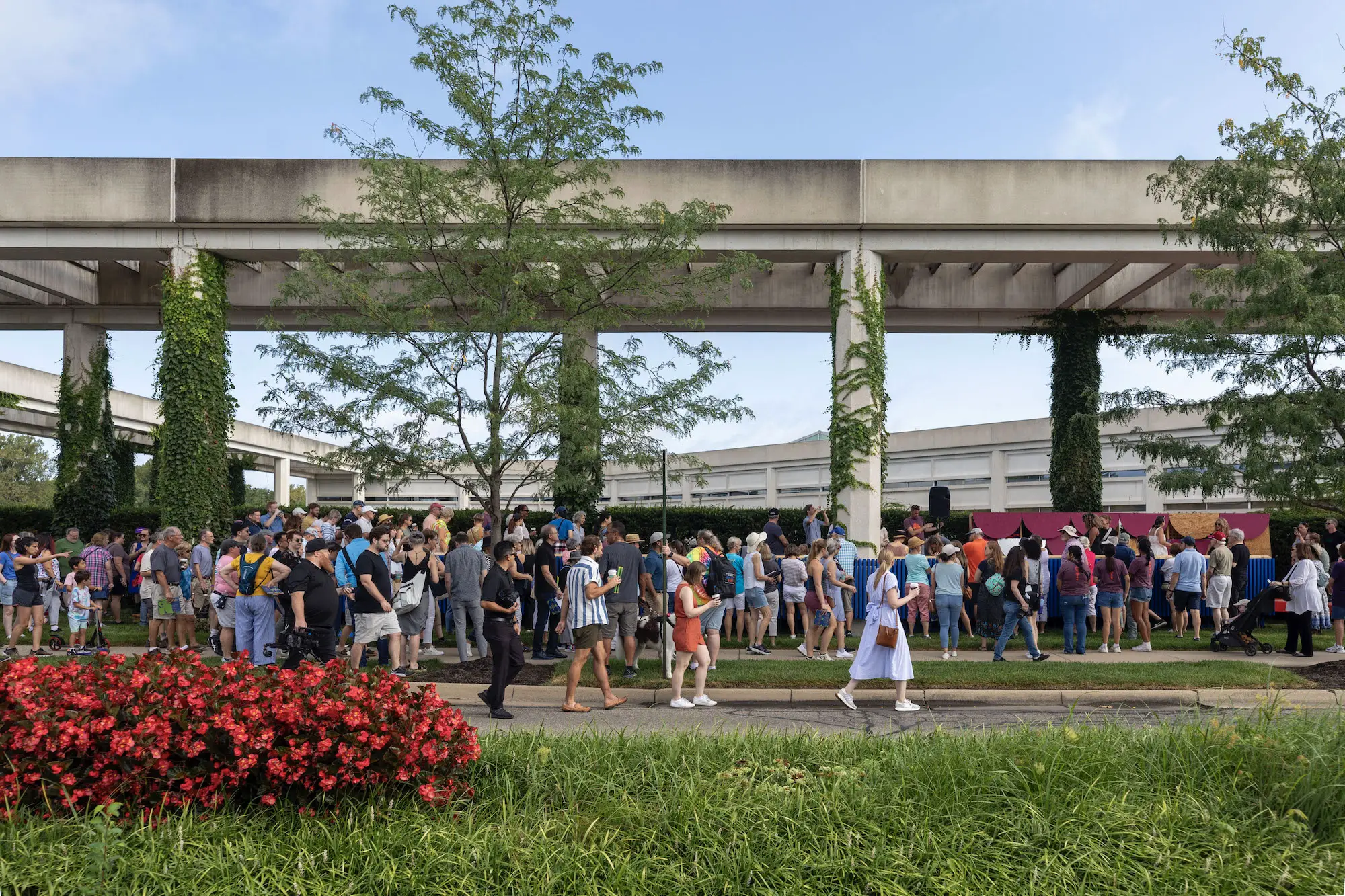
On the morning of August 24, hundreds of residents and visitors took to the streets and sidewalks of Columbus for a tour of the 12 Public by Design installations. Photo by Hadley Fruits
Sweltering temps aside, the August 24 kickoff of the fourth exhibition cycle of Exhibit Columbus, the flagship biennial event of “progressive preservation” nonprofit Landmark Columbus Foundation, seemed to go off without a hitch. Elevated by superb wayfinding (courtesy Chris Grimley of Boston-based SIGNALS), the requisite beer truck, and a palpable sense of civic pride, the launch of Public by Design was one for the books according to Landmark Columbus executive director Richard McCoy.
“I’ve never led a tour of 200–300 people before,” McCoy said of the Saturday morning exhibition walkabout, which included stops at all 12 Public by Design installations where each participant explained their respective work. “It was one of our best days."
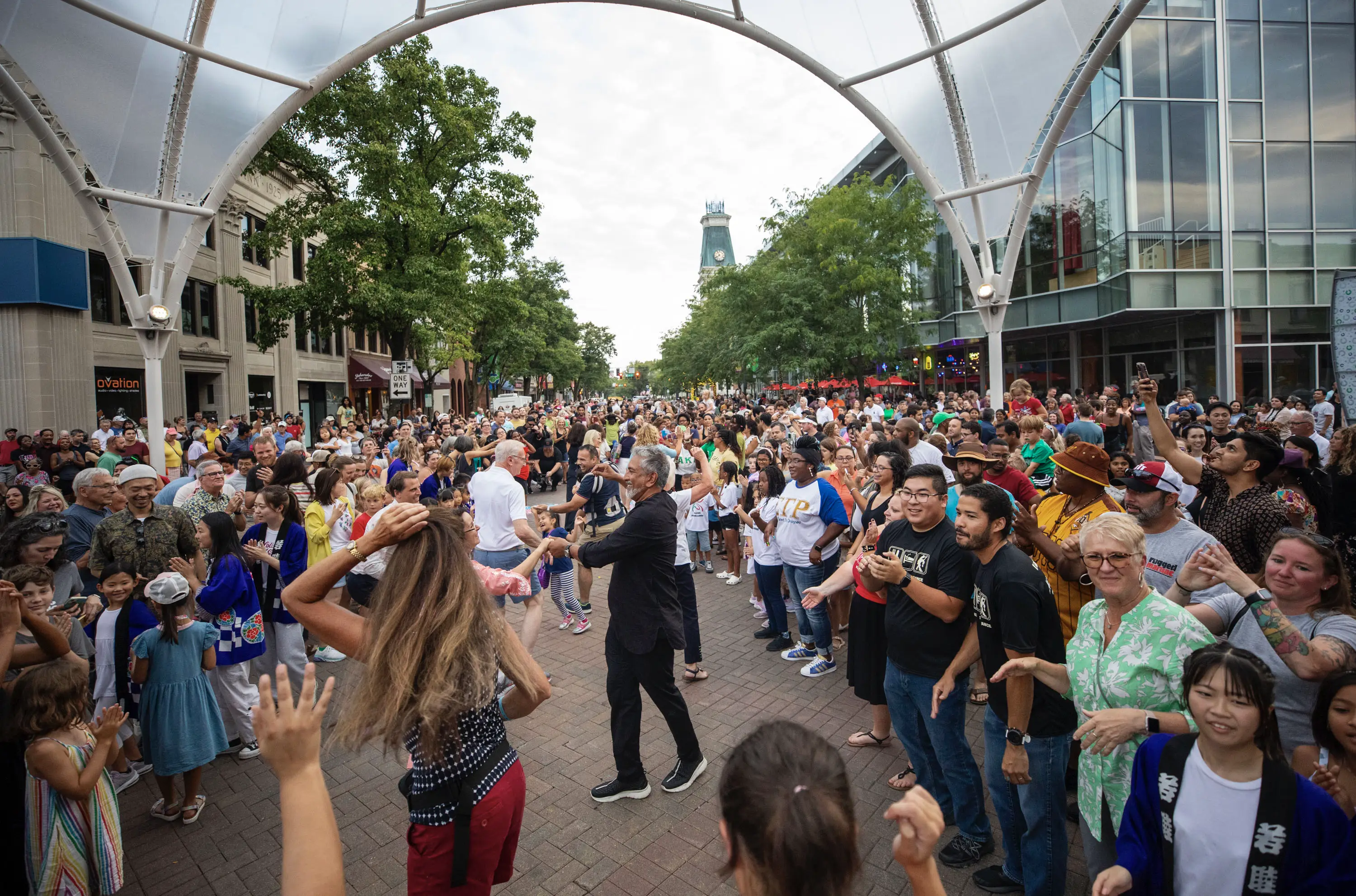
The Columbus community comingled with Exhibit Columbus particpants, including Vishaan Chakrabarti of PAU pictured here at center, at a celebratory exhibition kickoff party. Photo by Hadley Fruits
The two-and-half-hour Saturday morning exhibition tour ended where that evening’s dance performance–studded block party, attended by an estimated 700 people representing a diverse cross-section of the community, began: in downtown Columbus at the intersection of Fourth and Washington. Here, New York–based Practice for Architecture and Urbanism (PAU)—one of four 2022–2023 J. Irwin and Xenia S. Miller Prize recipients—presented InterOculus, a canopy structure fabricated from steel tubing and tensile vinyl fabric that soars nearly 40-feet tall as the most impossible-to-miss of Public by Design’s ephemeral interventions. (Proposed as a permanent downtown fixture, the installation is 8-year-old PAU’s first completed work.)
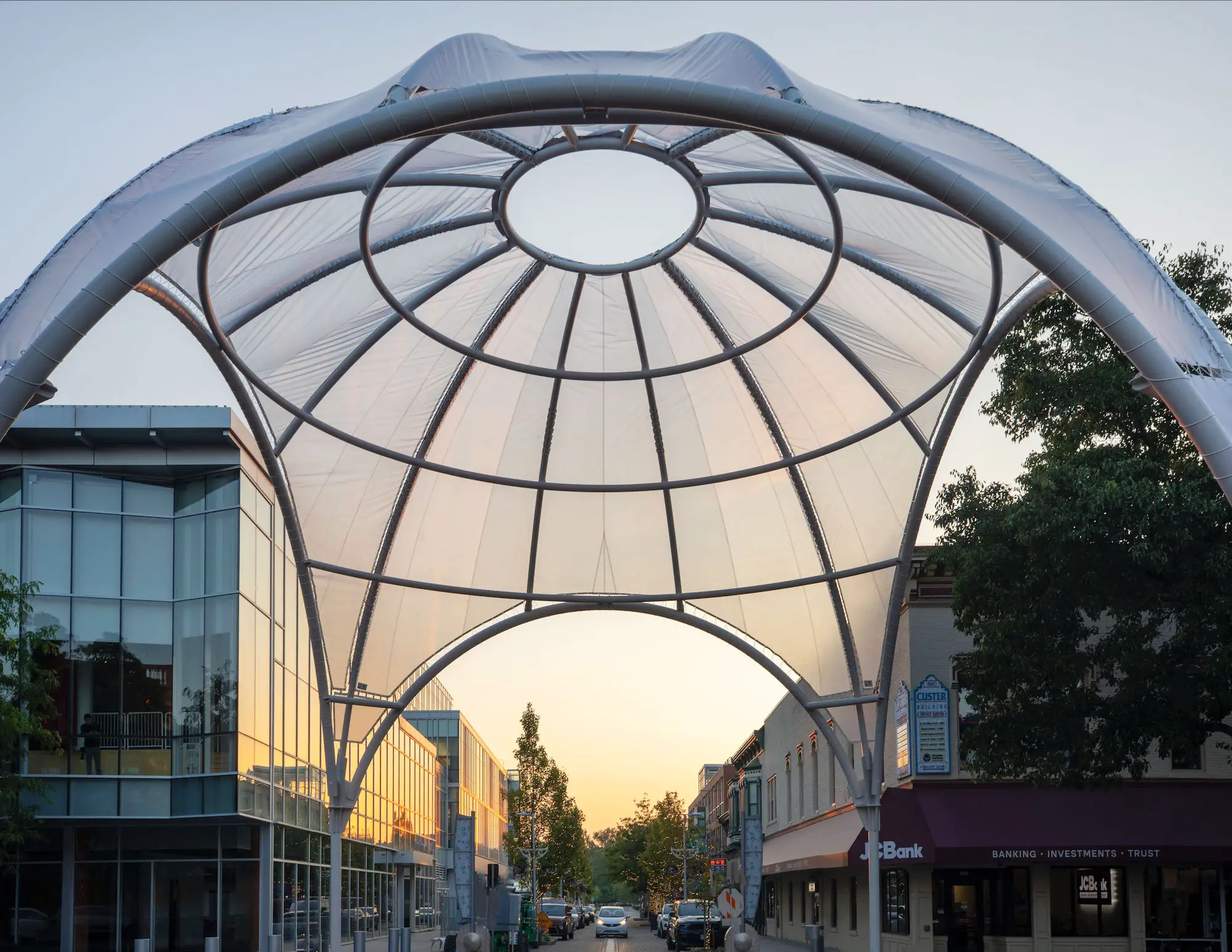
1
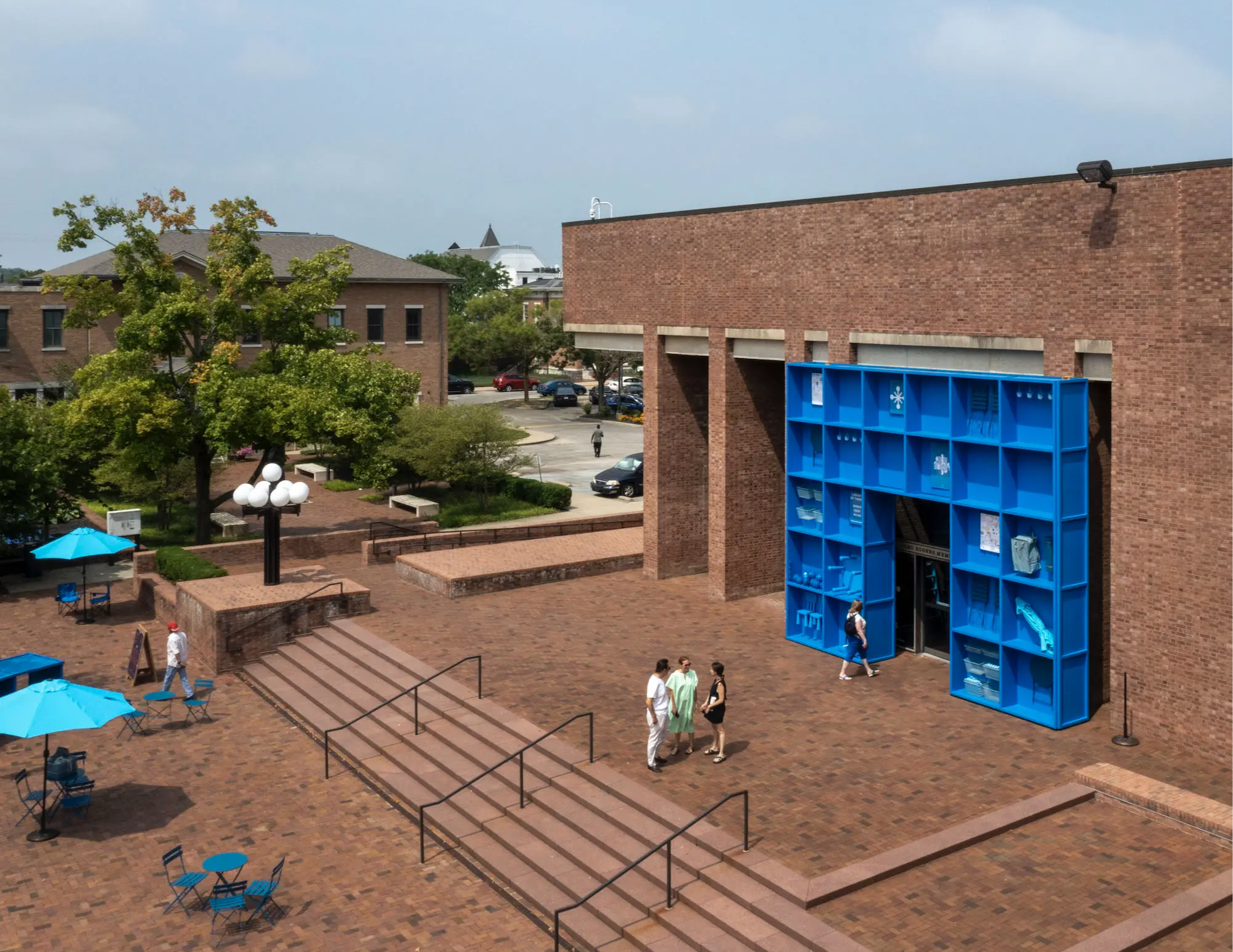
2
InterOculus (1) and Designed by the public (2) by 2022–2023 Miller Prize recipients PAU and Tatiana Bilbao ESTUDIO. Photos by Hadley Fruits
No less monumental is fellow Miller Prize recipient Tatiana Bilbao ESTUDIO’s blue-hued contribution: a communal repository of borrowable everyday objects (soccer balls, yoga mats, folding chairs, and on) integrated into the imposing brick facade and surrounding plaza of the I.M. Pei–designed flagship branch of the Bartholomew County Public Library System. As envisioned by the Mexico City–based firm, the installation, dubbed Designed by the public, extends the library’s social programs outdoors by inviting “everyone to make this public space their own, in their own way.”
Located just west of downtown, the Michael Van Valkenburgh–designed Mill Race Park is home to the two other Miller Prize installations. Sited within a sprawling field opposite the park's amphitheater, Studio Zewde’s Echoes of the Hill is a more than 200-foot-long open pavilion that mirrors its namesake topography through an undulating, skeletal bamboo framework painted a deep fire engine-red. As noted during the kickoff tour by Sara Zewde, founding principal of the Harlem-based landscape and urban design firm, the site holds special personal significance. While a student at the Harvard Graduate School of Design, she served as a teaching assistant for Van Valkenburgh; the Exhibit Columbus commission prompted her to reconnect with her former professor, who provided her with intimate insight into his design of the now 30-year-old park.
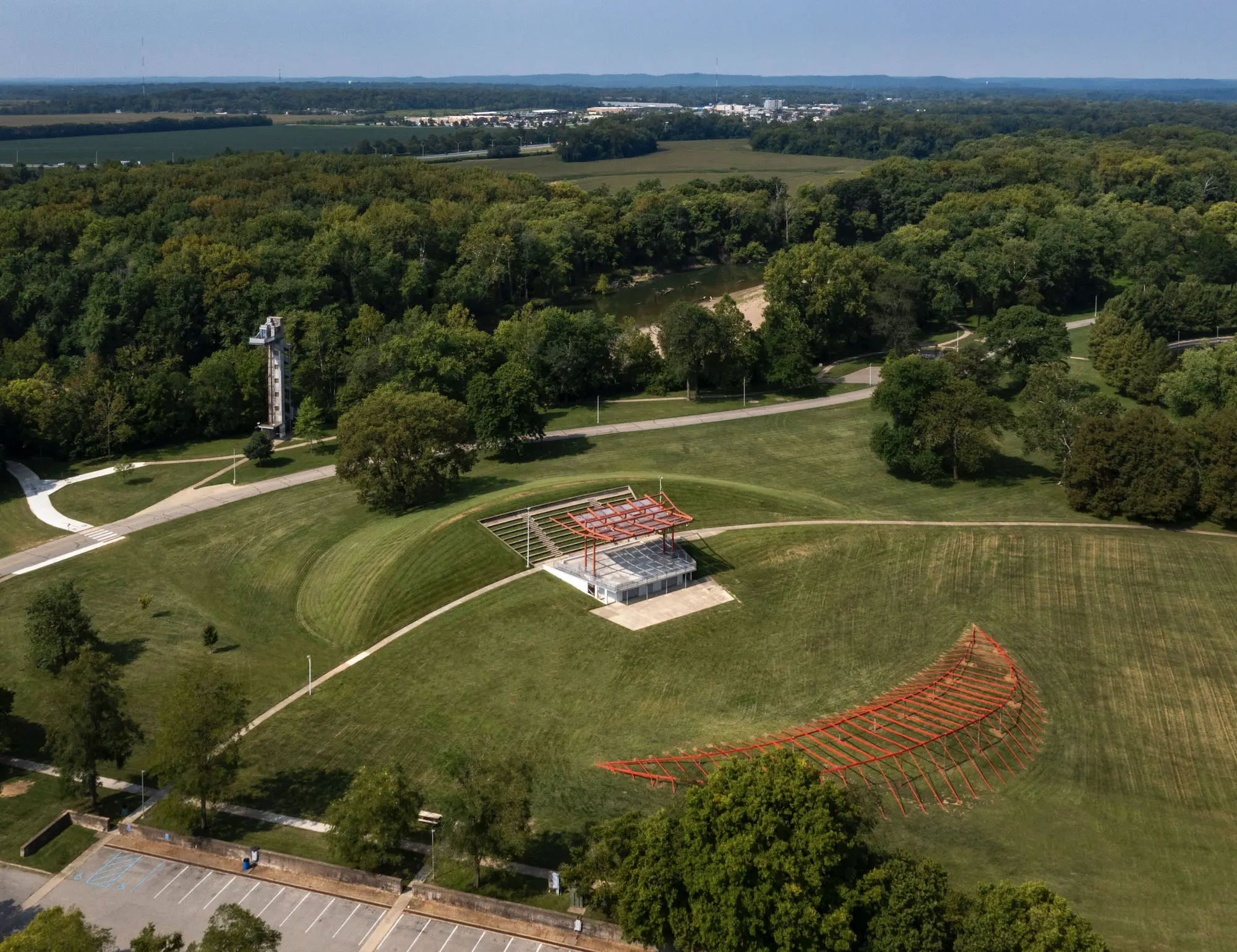
3
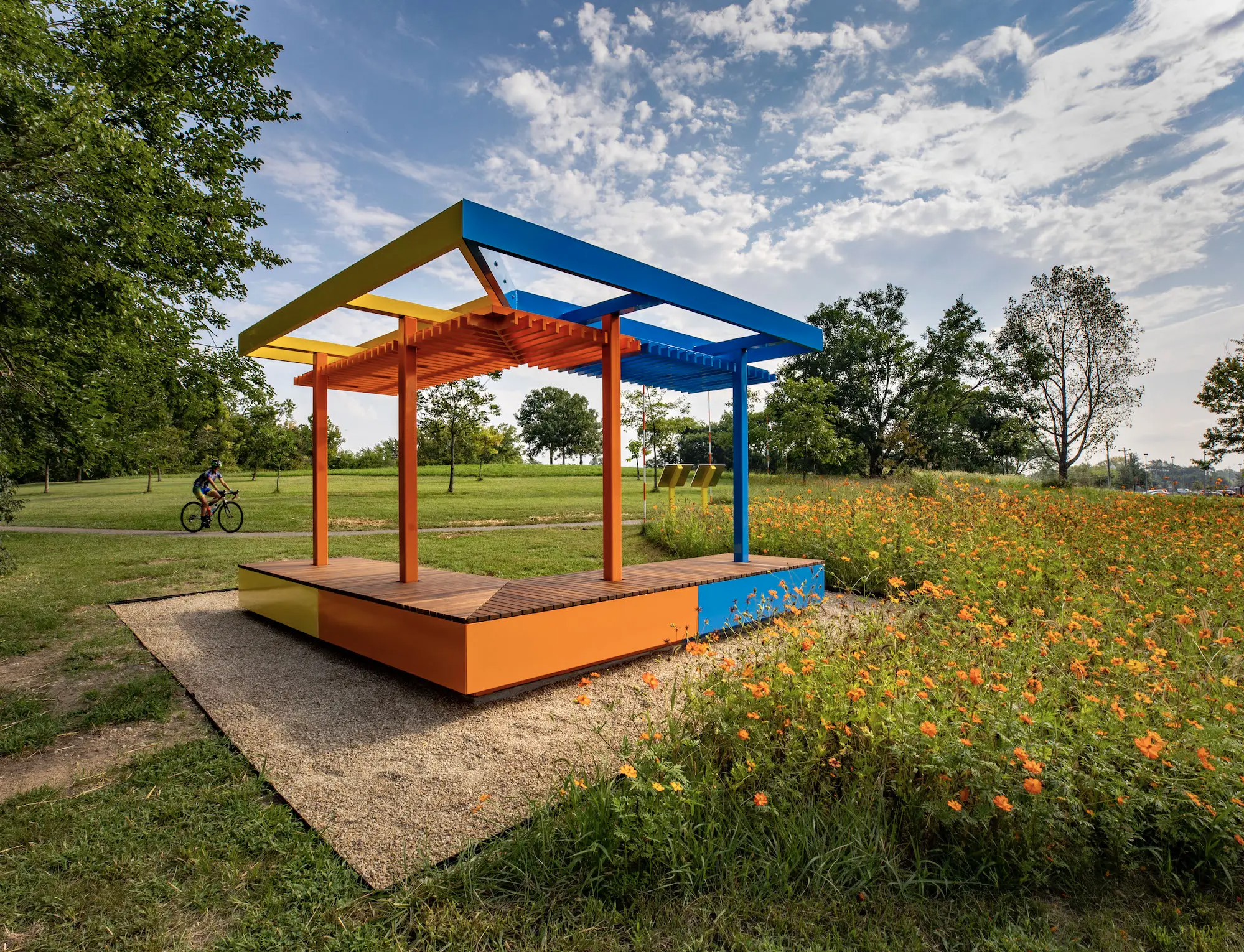
4
Echoes of the Hill (3) and PLOT PROJECT (4) by 2022–2023 Miller Prize recipients Studio Zewde and PORT. Both installations were realized at Mill Race Park. Photos by Hadley Fruits
Finally at the northern edge of the 85-acre riverfront park on the grounds of the Mill Race Center, a community hub for seniors, is Philadelphia and Chicago–based PORT’s PLOT PROJECT. Featuring a trio of brightly hued “conservation research stations” that will remain permanent park fixtures, this landscape rewilding initiative spans a dozen different planting plots organized across an arc-shaped half-acre of land.
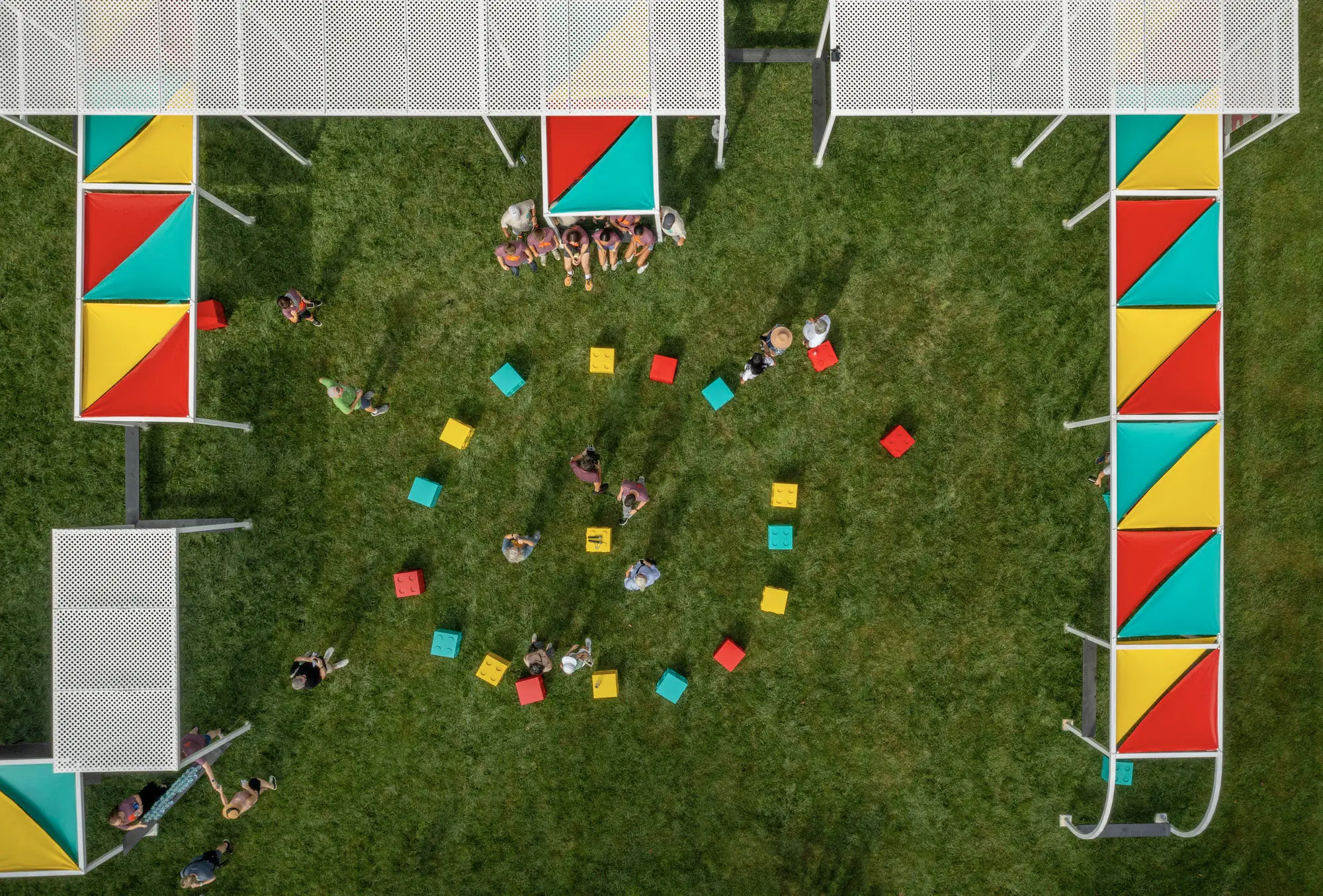
5
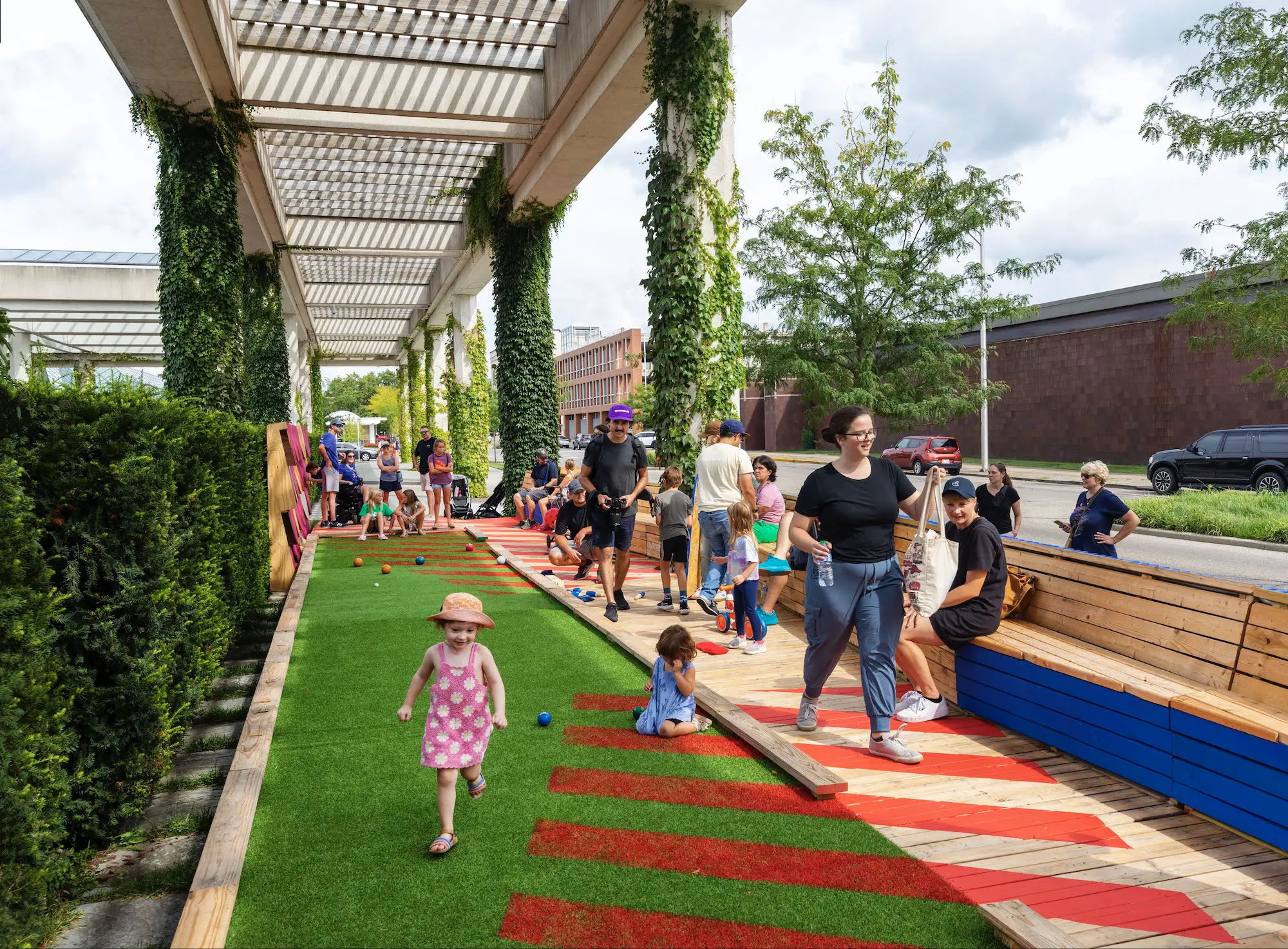
6
-copy-copy.webp)
7
街 Machi by the 2022–2023 Exhibit Columbus High School Design team (5); Ground Rules (6) and Carousel for Columbus (7) by the University Design Research Fellow teams of Jessica Colangelo and Charles Sharpless and Joseph Altschuler and Zack Morrison. Photos by Hadley Fruits
Peppered throughout downtown Columbus, the nine other Public by Design installations, including the standout 街 Machi (Japenese for downtown or main street) by the High School Design Team and contributions from this cycle’s slate of University Design Research Fellows, are smaller in scale but no less impactful. Throughout, there’s a marked emphasis on discovery and play, including at Jessica Colangelo and Charles Sharpless’s crowd-pleasing Ground Rules, a kaleidoscopic elevated playing court-slash-boardwalk tucked beneath the colonnade of Kevin Roche’s Cummings Corporate Office Building. Several blocks away, A Carousel for Columbus, a mural-flanked rotating platform described by its designers, Joseph Altschuler and Zack Morrison, as a “locomotive love-letter in the round,” embraces a similarly frolicsome sensibility (and a Barbie-friendly color palette). Located streetside on the western edge of the hulking Cummins parking structure, PRISMA, an immersive light installation by the Columbian-born duo of Esteban Garcia Bravo and Maria Clara Morales, was the site of decidedly more adult-oriented fun on opening night, serving as backdrop for a trippy after-hours spectacle featuring “harsh ambient” musical accompaniment by Chicago-based experimental noise act nunn.
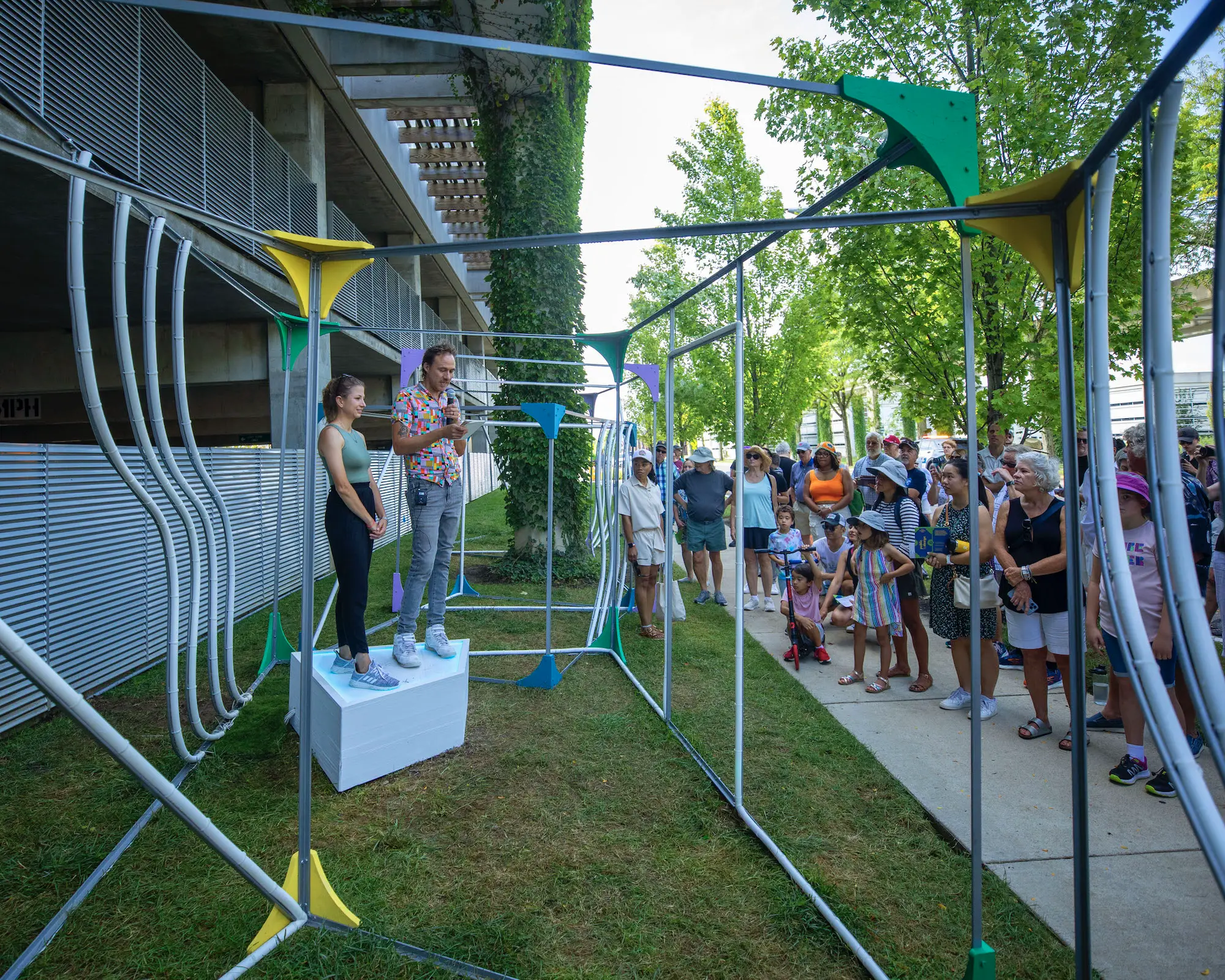
8
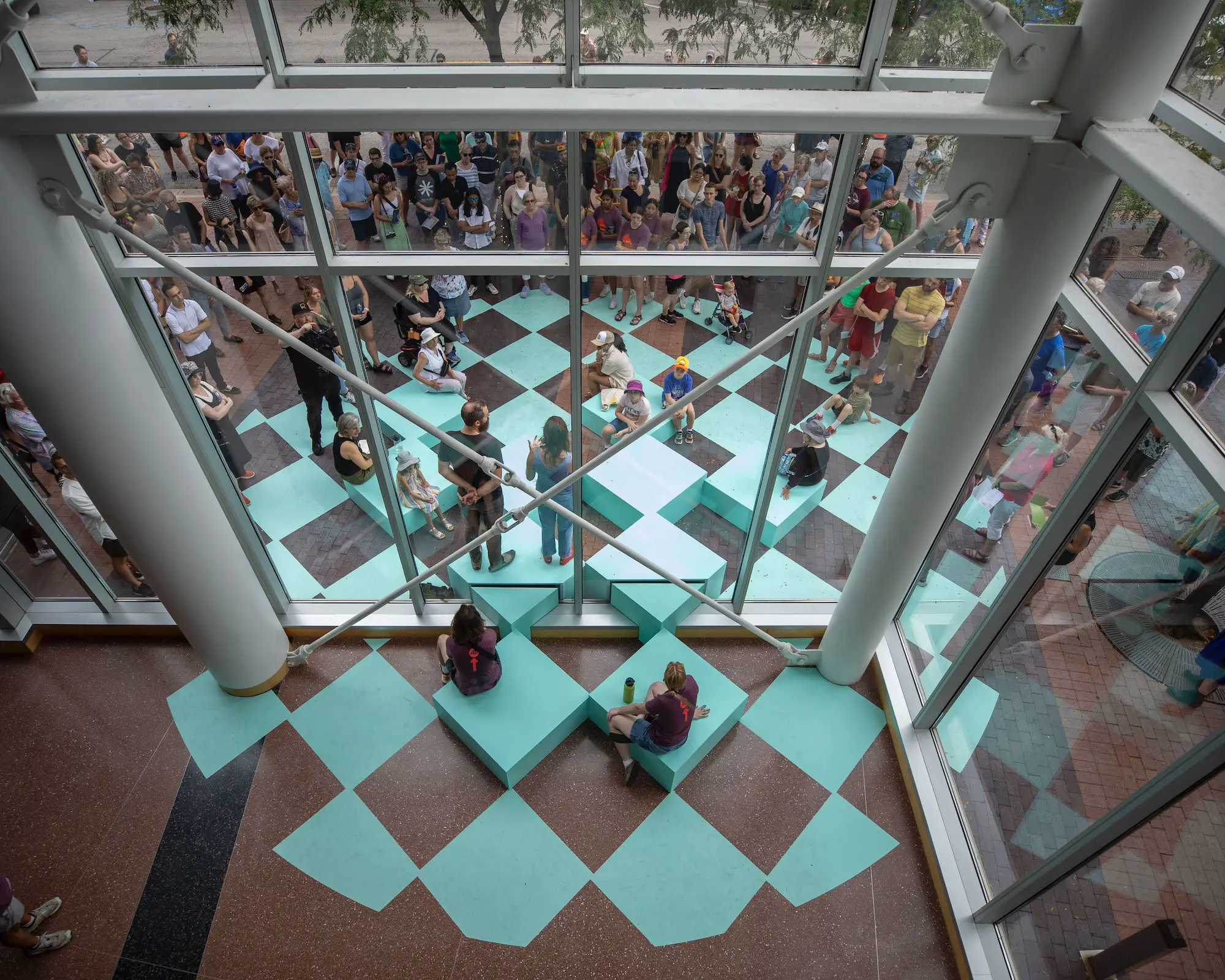
9
University Design Research Fellows Esteban Garcia Bravo and Maria Clara Morales and Molly Hunker and Greg Corso present their respective installations, PRISMA (8) and Side Effects (9), during the opening tour. Photos by Hadley Fruits
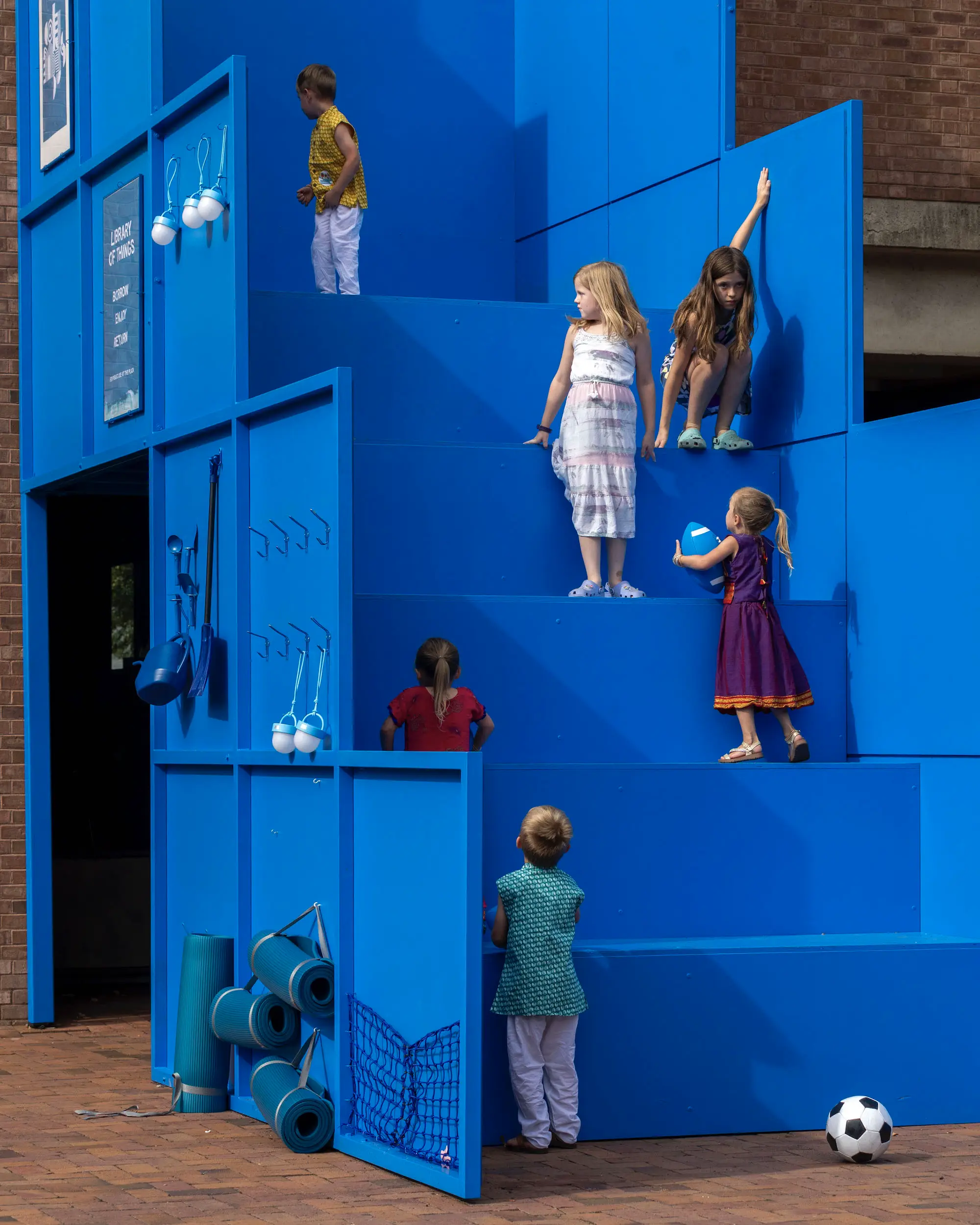
Designed by the public at Cleo Rogers Memorial Library. Photo by Hadley Fruits
The joyous synergy woven throughout Public by Design can be credited to the new curatorial strategy adopted by Exhibit Columbus and realized by a team of six curatorial partners: Paola Aguirre, founder of Chicago- and San Antonio–based urban design and research practice BORDERLESS (a 2018–2019 participant); Chris Merritt, co-founder of Pittsburgh- and Indianapolis–based landscape architecture and urban design studio Merritt Chase; Chicago-based civic practice artist Lauren Pacheco; New York–based designer and educator Bryony Roberts (a 2018–2019 Miller Prize winner); Raymund Ryan, curator at large of the Heinz Architectural Center at the Carnegie Museum of Art; and Holly Warren, Assistant Director for the Arts for the City of Bloomington. This team worked in close partnership with four community curators, each representing public institutions such as the Bartholomew County Public Library and Department of Parks and Recreation. These curators ensured that the theme of the 2023 exhibition of Exhibit Columbus lived up to its name through frequent engagement with the users of the civic spaces under their respective jurisdictions.
“Columbus is used to the world coming to it,” explained McCoy. “I'm really happy with how we landed with the curatorial concept to have outsiders coming in—and then the community coming in as well.”
In his mention of the world coming to Columbus, McCoy is not just referring to the geographically diverse roster of exhibition participants but to the somewhat unlikely architectural pedigree of the city made possible by the largesse of the late Irwin J. Miller, CEO of American engine behemoth Cummins Inc., and his wife, Xenia. Noted patrons of art and modern architecture, the Millers are why this small company town of roughly 50,000 residents has secured mecca status among architecture aficionados. Among the city’s many notable buildings in addition to those by Pei and Roche: landmark churches designed by both Eliel and Eero Saarinen, a Robert Venturi fire station, a Richard Meier elementary school, a Harry Weese ice arena, and a Deborah Berke–designed drive-through bank floating adrift in a strip mall parking lot.
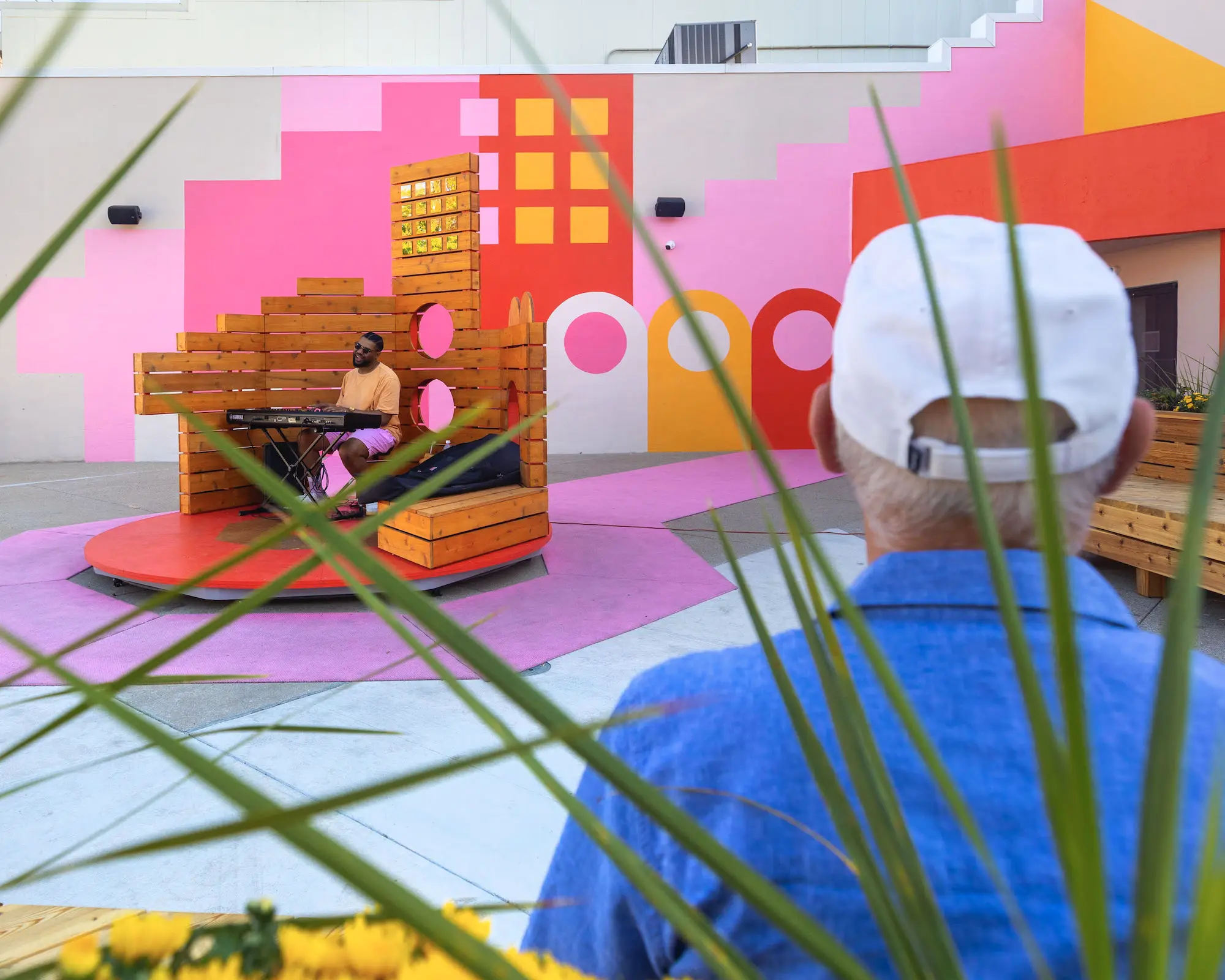
10
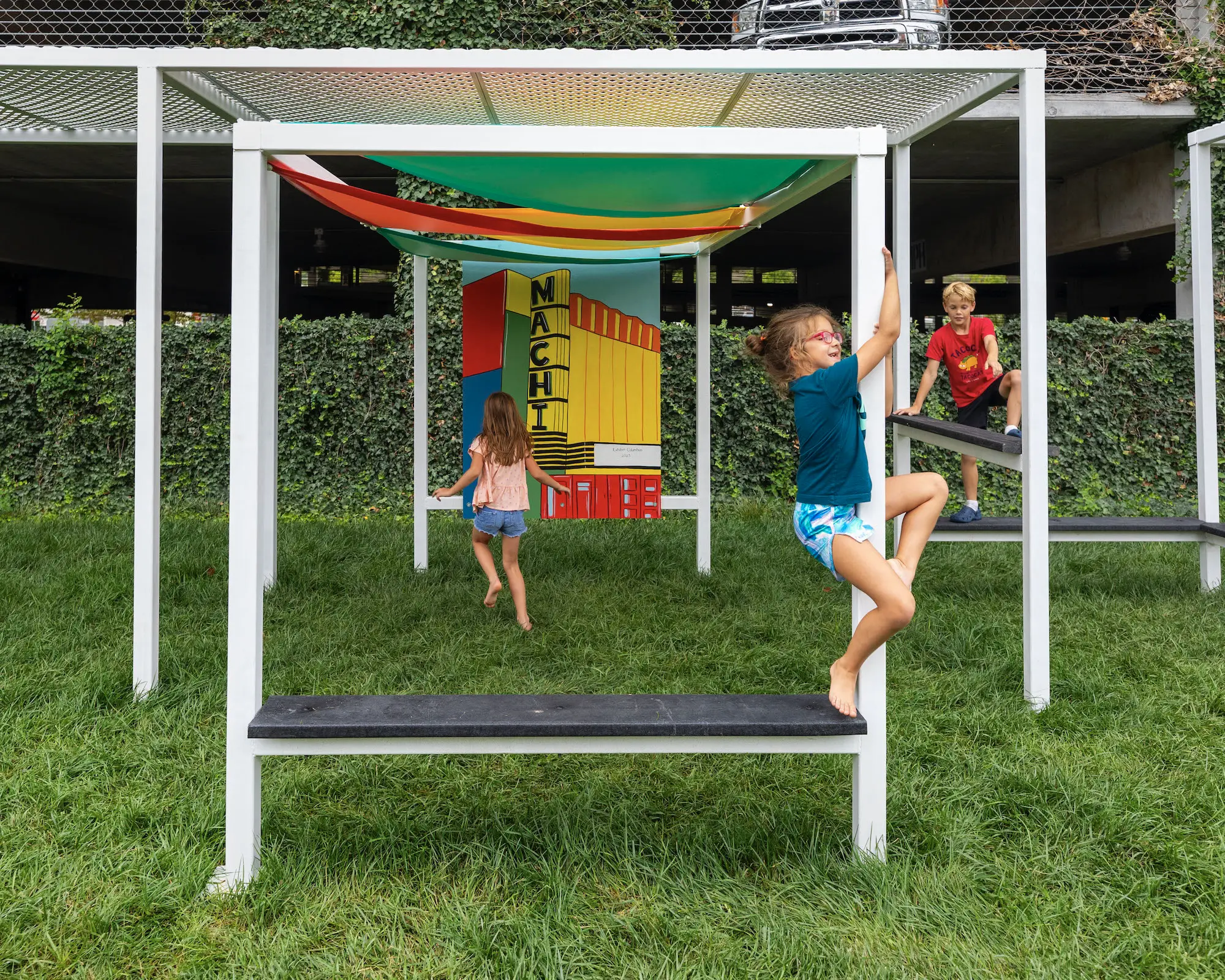
11
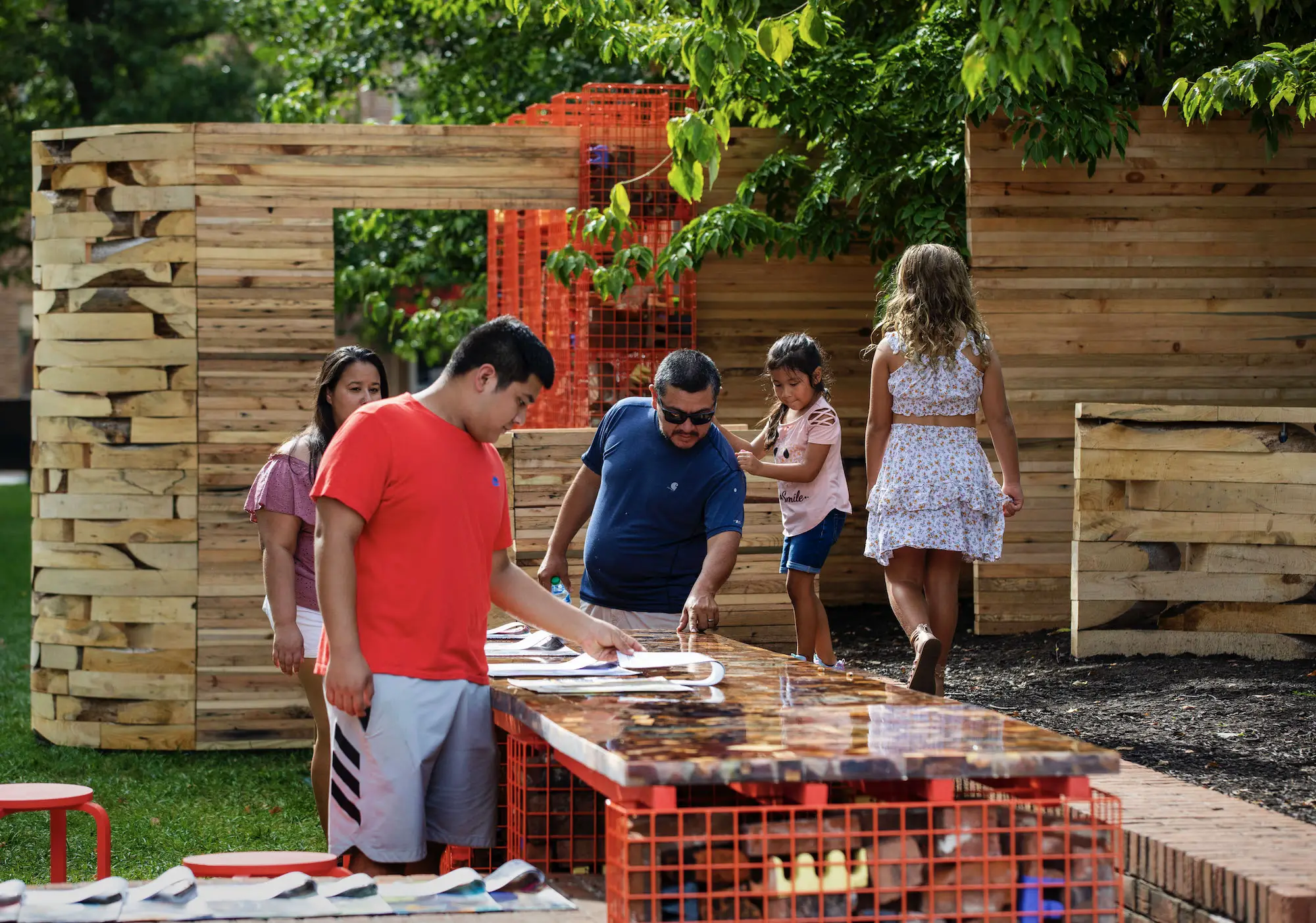
12
Carousel for Columbus (10), 街 Machi (11), and Sylvan Scrapple, by University Design Research Fellows Katie MacDonald and Kyle Schumann (12). Photos by Hadley Fruits
Since its inaugural cycle in 2016–2017, Exhibit Columbus has sought to celebrate and draw attention to the city’s rich architectural heritage by foregrounding some of its most significant buildings and landscapes with installations designed by a global band of predominately emerging designers. (Past Miller Prize winners include Oyler Wu Collaborative, SO-IL, MASS Design Group, Frida Escobedo, Olalekan Jeyifous, and Dream the Combine). For Public by Design, the desires of the diverse communities that call Columbus home—desires that together can help to shape a reinvigorated downtown—guided the curatorial process.
“There are these singular studios that create genius solutions on their own—that doesn’t feel like the future,” McCoy says. “Working with the community, getting people involved, and trying to be as broad in those interests is the future of art and design.”
Public by Design, the 2023 exhibition of Exhibit Columbus, is on view through November 26. Additional public programming continues throughout the fall, including a series of conversations with the Miller Prize recipients that kicked off with Tatiana Bilbao on September 19. On September 28, Vishaan Chakrabarti, founder and creative director of PAU, will return to Columbus to discuss InterOculus with Lee Bey of the Chicago Sun-Times and community curator Dave Hayward, Executive Director of Public Works with the City of Columbus.

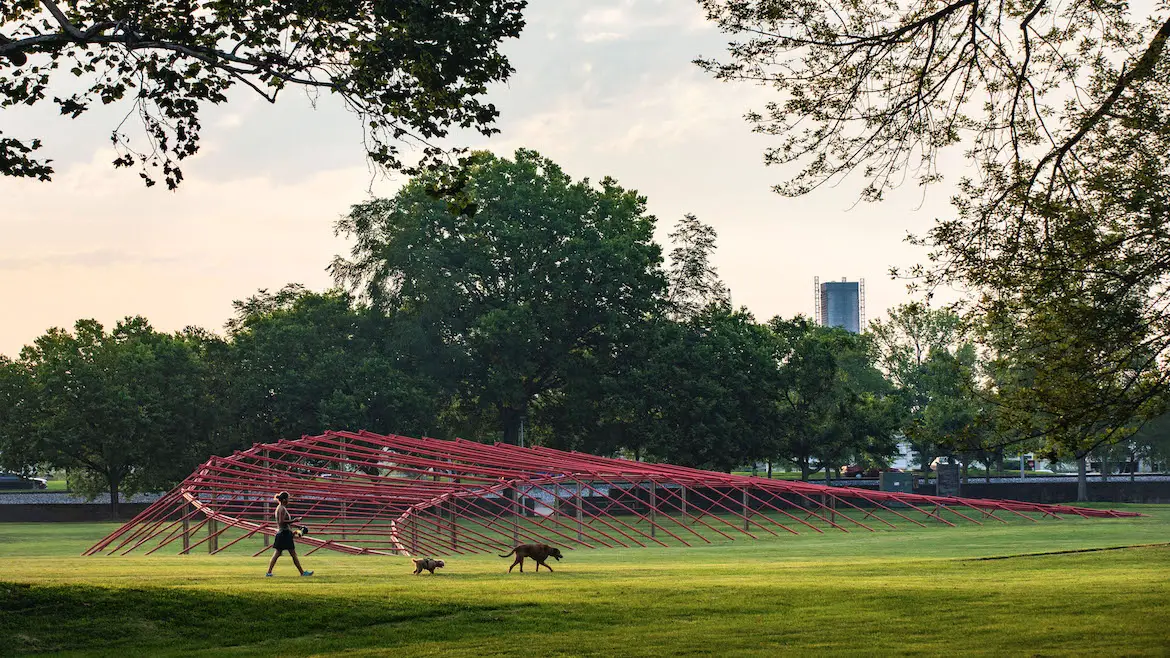
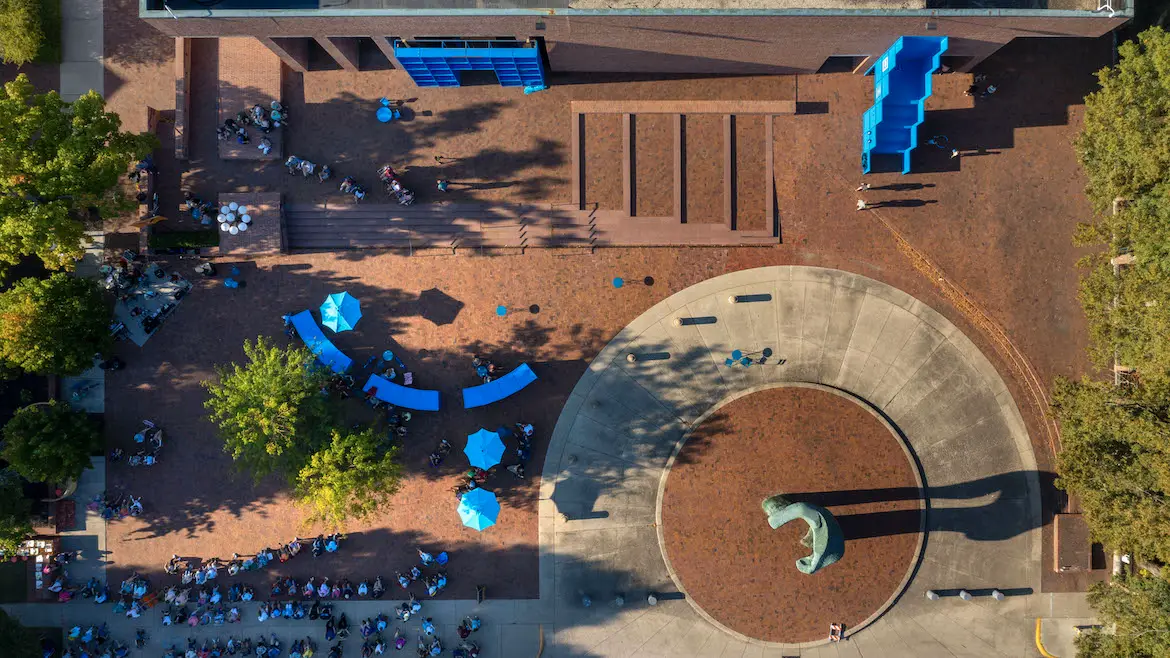

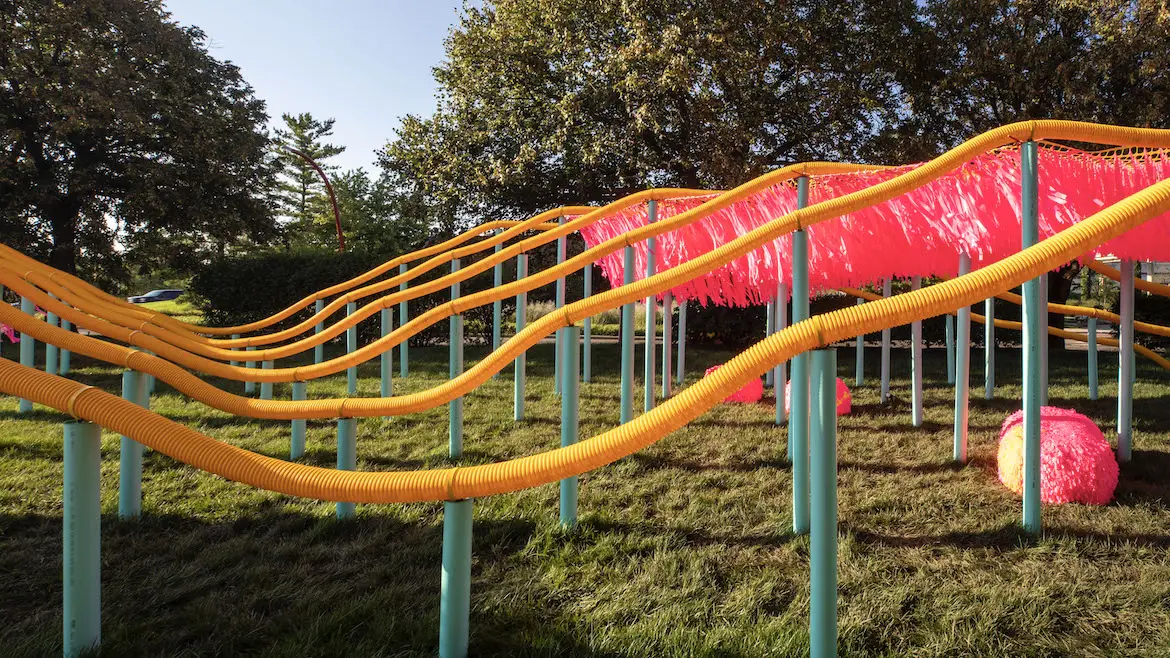
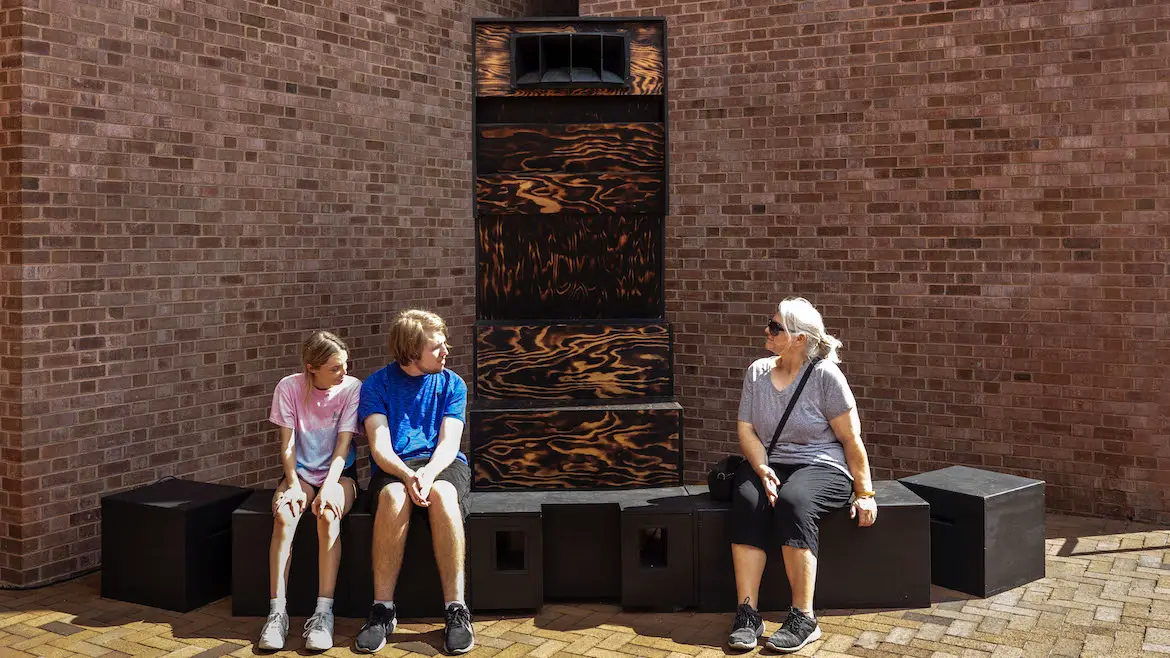
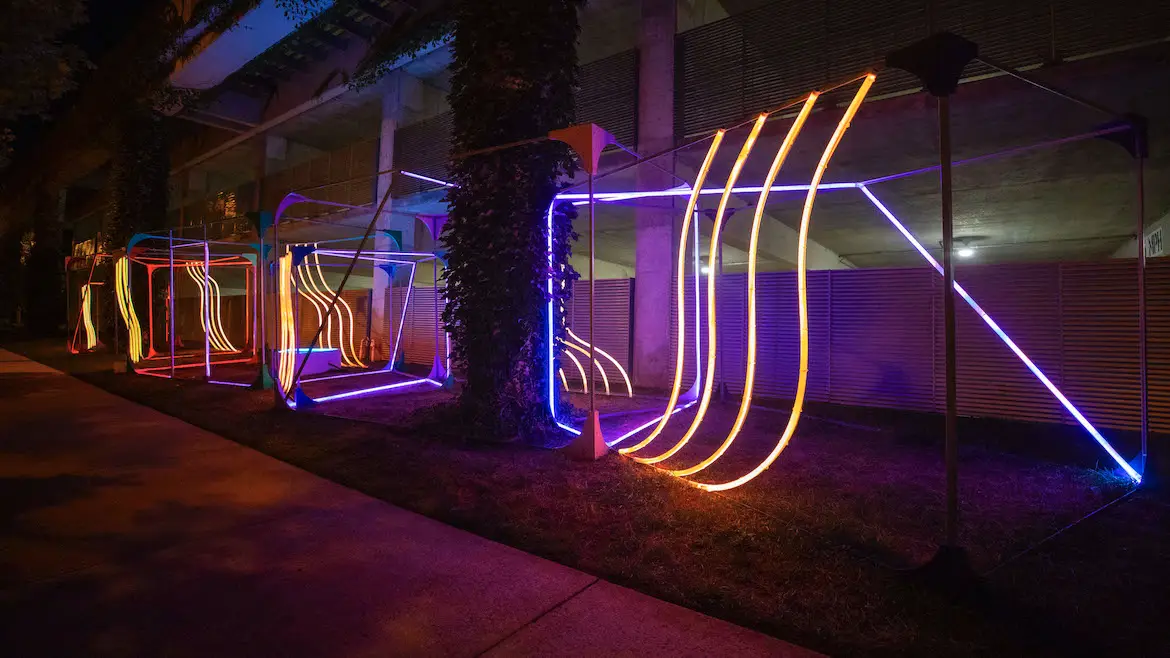

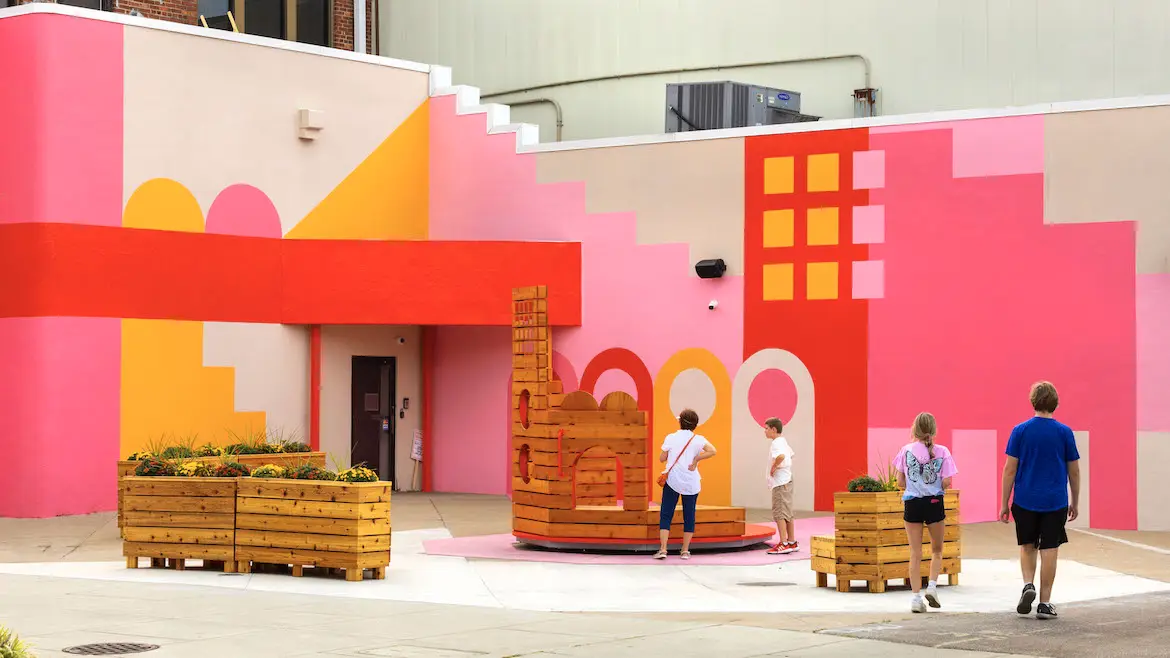
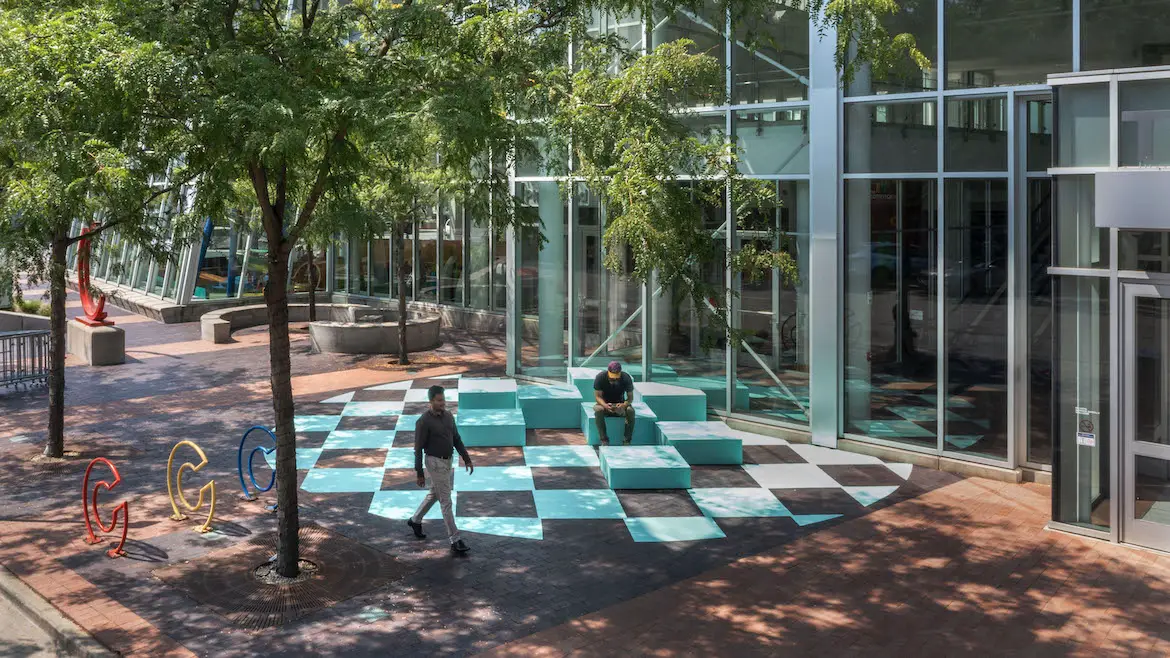
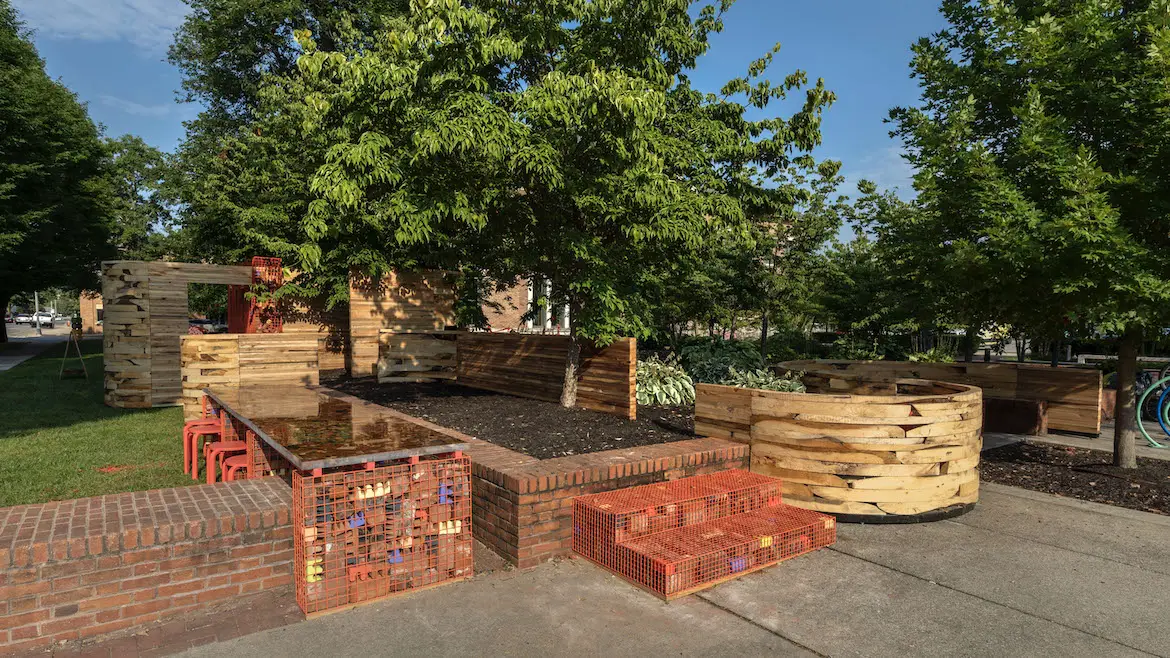



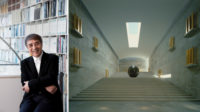
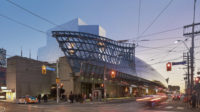
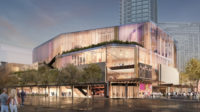
Post a comment to this article
Report Abusive Comment